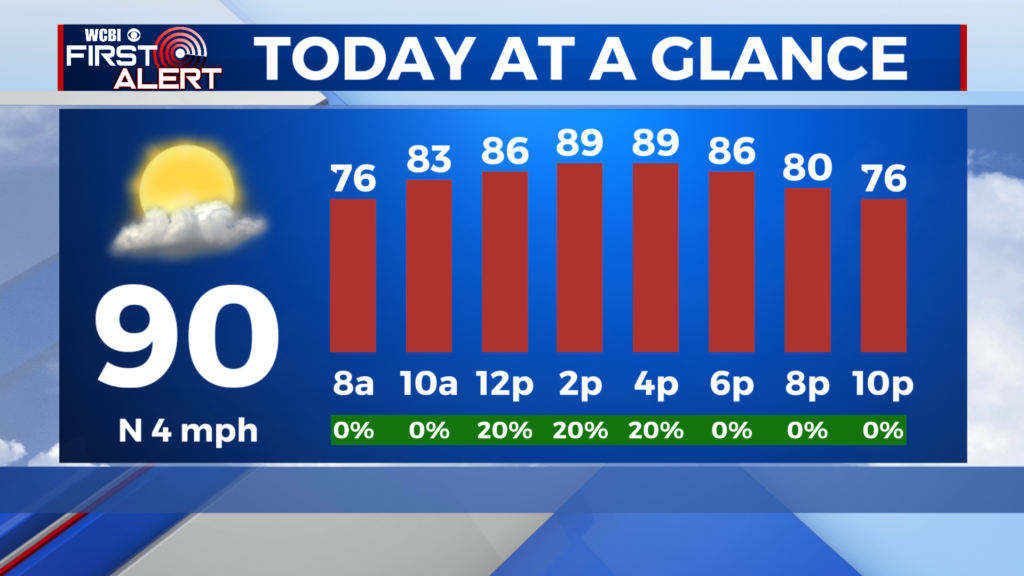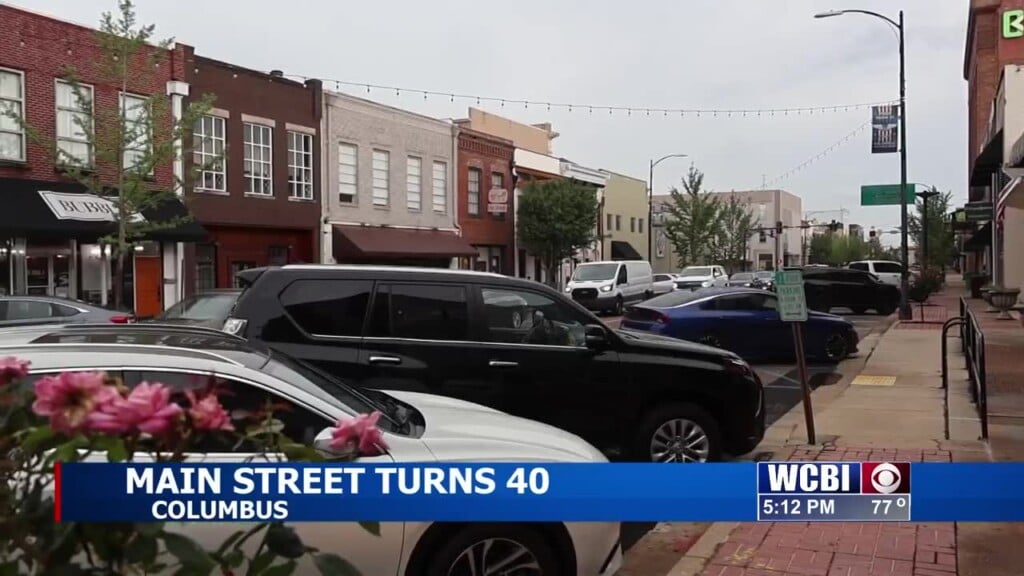Gig worker unemployment benefits come with big loopholes
The $2 trillion economic relief bill for workers affected by the coronavirus pandemic was intended to expand unemployment benefits for freelancers, “gig” workers and independent contractors — people who are typically excluded from applying for jobless aid.
But the rules released last weekend leave many workers out in the cold, according to several left-leaning employment experts. The Labor Department’s guidance for independent workers potentially excludes gig workers as long as they are able to log into their apps, as well as older workers whose age puts them at greater risk for COVID-19 and who stay home out of concern for their health. It also cuts off benefits for workers caring for children once the school year ends.
“[T]he rules released Sunday night are criminally narrow and will greatly undermine the effectiveness of the system,” said Andrew Stettner, a senior fellow at the Century Foundation.
The Labor Department’s guidance lists 10 situations in which a freelancer or gig worker can apply for unemployment, including being diagnosed with COVID-19, caring for a household member with the disease, having their place of employment closed because of the virus, and being unable to get to their job because of a quarantine order or public advice to self-quarantine.
Those conditions leave out workers who find themselves sidelined during the pandemic, but who are not personally subject to an order to stop work. For example, employees who typically work from home aren’t automatically covered even if their client base dries up, Stettner said.
“What about someone who is doing web marketing for restaurants? They are not forced to suspend operating, they’ve always worked from home, but their customers aren’t doing any marketing right now,” he said.
Artists, fitness instructors and tour guides are among the many self-employed workers who saw their business dry up even before widespread restrictions on movement.
App workers vulnerable
People who work primarily for apps like Uber and Lyft could have a particularly hard time proving that the pandemic put them out of work. Ride-hail and taxi drivers in most states are still allowed to keep working, although barely anyone is ordering rides as most states ask residents to stay at home.
“If you are, let’s say, an Uber or Lyft driver, you technically can be logging on and trying to find work, but there’s nothing there out there for you,” said Brian Chen, a staff attorney at the National Employment Law Project. “So you are functionally not receiving any wages or [are earning] dramatically reduced wages, but you would not be covered under such an interpretation.”
“There’s a lot of narrow restrictions here that could hurt people’s ability to get help,” he added.
It’s also not clear that older gig workers, who are more susceptible to COVID-19 because of their age, as well as employees with weakened immune systems, can get financial assistance if they decide to self-quarantine.
“They’re going to essentially need a doctor’s note,” Stettner said. “Not everyone has a doctor, and if you didn’t have a regular doctor before, it’s going to be hard to get one now.”
Senator Ron Wyden of Oregon, one of several Democrats who pushed for expanded unemployment benefits in the $2 trillion relief package, expressed concern that the Labor Department rules could leave exclude many eligible workers.
“I’m deeply concerned that the Trump administration’s guidance to states on administering expanded unemployment insurance weakens the program in several areas,” he told Politico, adding that the extensive rules “will inevitably prevent workers from receiving assistance they desperately need.”
Up to the states
States have some leeway to interpret the federal guidelines more liberally, just as various states have issued public health directives and implemented states of emergency with varying degrees of urgency.
“The same way the states have led the response to the COVID-19 epidemic, they’ll have to lead this effort,” Stettner said.
When it comes to ride-hail drivers, NELP’s Chen noted that some states already consider Uber and Lyft drivers regular employees when it comes to unemployment benefits. That means the list of qualifications for independent contractors as outlined in the Pandemic Unemployment Assistance might not apply to them.
“We shouldn’t accept as gospel that gig workers are independent contractors, and therefore need to rely on a federal Pandemic Unemployment Assistance program,” he said. “There are states like New York, California, Oregon and others where states are doing internal audits and have found that Uber, Lyft and Postmates are the employers of their workers for the purposes of unemployment insurance.”
The danger is that some states, already struggling to process millions of newly laid-off workers, will lag even further when it comes to independent workforce.
Sofia Parientes, a self-employed interpreter who lives in Montgomery County, Pennsylvania, started checking her state’s unemployment website when her work first dried up, nearly a month ago. Parientes, 48, works mostly as an interpreter in the court system and started losing work in early March as courts cancelled in-person proceedings.
“I was making a couple of thousand a week sometimes,” Parientes said. “I’m not making anything now, and we have three children.”
Parientes first tried to apply for unemployment in mid-March, before the CARES Act expanded coverage to freelancers. But she didn’t qualify under the former rules that required employer information. Despite the new law, Parientes said there’s “not much reassurance” in her family, as the state’s unemployment benefits site continues to tell workers to check back for updates.
“It is frustrating as we are getting closer to the one month mark. Bills are due,” she said.





Leave a Reply